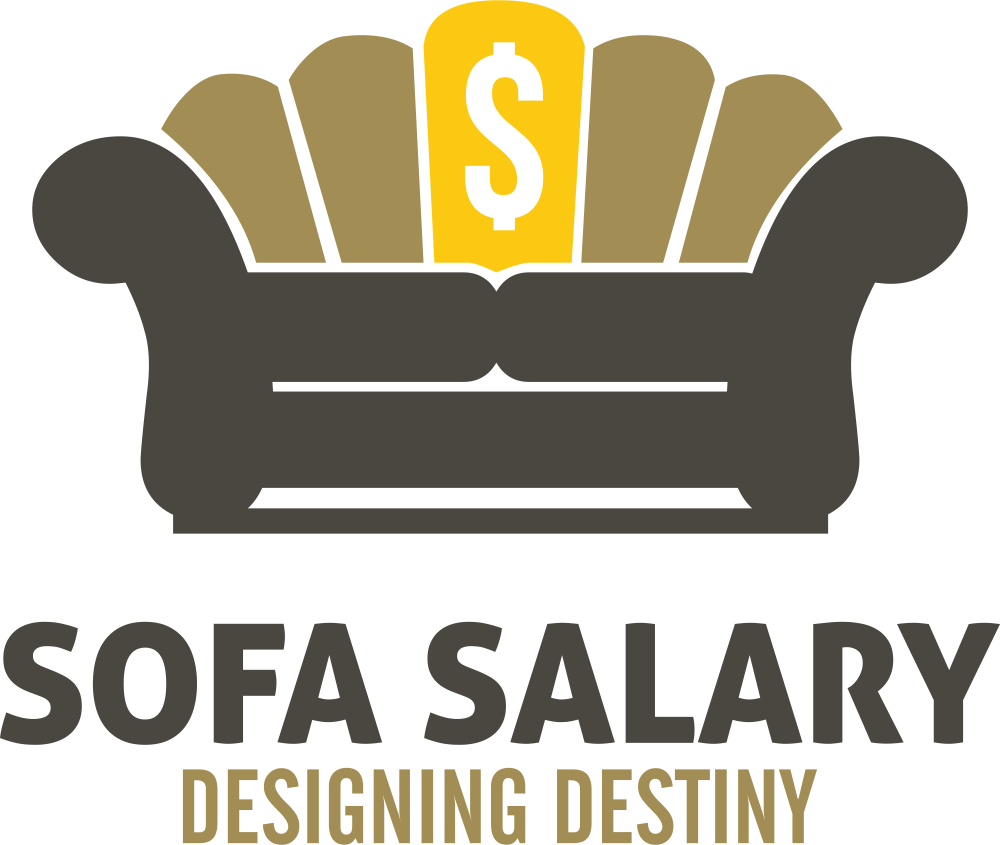The conversation went something along the lines of the following:
Julie: I’ve created a range of natural soaps that smell amazing and contain a number of essential oils that are great for the skin.
Me: Well done. So who are you going to sell these soaps to?
Julie: Everyone with skin. This product can benefit anyone who uses it.
Me: OK so there are 65 million people who have skin in the UK. How are you going to get your message in front of all of them?
Julie: Hmmm I didn’t think about that.
Me: OK so let’s try and narrow this down a bit. When you created your product, did you think about the person who is most likely to use your product?
Julie: Yes, women over 40 year old.
Me: That’s better but it’s still a large group of people. Let’s say it’s 1 million people in the UK. Do you have the marketing budget to put your message in front of 1 million people?
Julie: No
Me: OK let’s narrow this down some more. Is your product going to be more or less expensive that other soaps in the marketplace?
Julie: About double the price because of the quality of ingredients that are in the product?
Me: So would I be correct in assuming that you would like to put this product in front of people who can easily afford to purchase your product?
Julie: Yes, that makes sense.
Me: OK, how much would this woman over 40 years old earn on an annual basis?
Julie: Good question. Well, I would assume that they would be earning over £50k a year
Me: Great. So your ideal customer is a woman who is over 40 who earns over £50k a year, how else can we narrow this down?
Julie: I’m stuck give me some ideas.
Me: Well, if your ideal customer has a habit of purchasing products in the price range that you are selling your products for, it’s highly likely that she won’t be scared when you present your prices to her.
Julie: Good point but how can I target people who have a proven history of purchasing these products.
Me: You could get access to a mailing list of ‘buyers’ ,people who have bought similar products in the recent past. Do some research, speak to a few list brokers and comeback to me with a market size based on the criteria that you have mentioned before.
A few days pass and Julie calls me…
Julie: I’ve spoken to a few list brokers and I have identified a few lists that have a universe of approximately 60,000 people who meet this criteria.
Me: That’s great. I hope you can see that you have a list size that is now reachable. If you put your message in front of 5000 at time, on a monthly basis ,you will be able to cover this market in 1 year.
Julie: Yes thats much easier that trying to approach 65 million.
Me: Exactly. I hope this has helped.
Julie: Yes, I really appreciate your help.
Now…
A number of you who are reading this will realise that there is nothing that new about the advice that I have given you BUT you would be amazed at the number of people who don’t drill-down deep enough when they are trying to reach a market of prospective customers.
So…
The better acquainted you are with prospects in your niche and target market, the easier it is going to be to create an construct marketing campaigns than result in, the most important aspect of business…
Sales!
Let’s discuss a number of factors that you MUST understand about your target market selection process before you embark upon creating any form of marketing or sales campaign:
FACTOR 1 – MARKET SIZE

The first thing that you need to do is to visualise your ideal customer and create a customer avatar for this person.
An example could be:
- Gender: Female
- Age: 45-60
- Education level:: Graduate
- Current Income: $100-100k
- Political leaning: Liberal
- …and anything else that you have though about
Once you have determined what your ideal customer looks like, the next question you need to ask yourself is…
How many people like Julie are there out there in the marketplace and what behaviours have they demonstrated that they would be an ideal prospect to receive my marketing campaigns.
You need to find a balance here.
If you read my post about niche marketing, you would have heard me say that, “she who markets to everyone, ends up marketing to no one”
Now…
If you don’t have a massive marketing budget, you will not be able to afford to get your message out there to everyone, so drill down as deep as possible to identify a market that is easily reachable.
FACTOR 2 – ACCESS

Once you have defined your ideal customer and you have a rough idea about how you are going to reach them, the next step is going to think about how you are going to get your message in front of them – check out the post on headlines to grab your prospects attention
The real questions here are…
How REACHABLE are they?
Do you know what magazines they read?
Which blogs/websites do they spend time consuming information?
Which Gurus currently engage with these people and where does this interaction take place?
What is the most affordable way to reach these people – email, online ads, print ads etc?
I would always advise that you start of with the most affordable method of reaching these prospects such as newspaper advertising AND only after you have created campaigns that convert these prospects into paying customers, should you then scale upwards and start spending more money to reach them using other media.
FACTOR 3 – RESPONSIVENESS

I love this expression…
History leaves clues!
What I’m saying here is that if your prospective customer has bought other similar products over the last 30, 60 or 90 days, there is a change that they will also buy from you.
They have demonstrated that they have actively gone into the marketplace to solve a problem and your job will be 100 times easier tapping into people who have demonstrated this past buying behaviour because they are ‘buyers’ by nature.
A number of questions that you can ask yourself could include:
- Who are your competitors and what makes them unique – you can reverse engineer their marketing sales process to increase your sales conversions?
- Who sells a product that compliments but doesn’t compete with your product – you could reach out to them and suggest that you run a joint campaign?
Having answers to these questions will make your target market selection strategy more productive.
FACTOR 4 – UNDERSTANDING PAIN IN THE DOMAIN

What you need to do here is to have a clear understanding about the pain-points that your prospective customer is facing.
If you can work out how your competitors aren’t able to adequately address this pain point, you can tailor the service that you receive to give yourself a competitive advantage.
Pain is a greater motivator than GAIN but you should also try to get a clear understanding of the goals, aspirations and dreams of your prospects so that you can also appeal to these desires.
Once you have got a clear idea of the pain and the gain conversations that are going on in your their heads you should tailor your USP and service to directly eliminate the pain and clearly demonstrate how the gain is going to be achieved.
There are hundreds of ways that you can gather this information but you could easily do this by surveying theses people using a tool like Survey Monkey.
Understanding the conversations that your prospects are having with themselves, in their own heads, should be something that is factored in to every target market selection activity that you undertake.
FACTOR 5 – RAPPORT-BASED ENGINEERING

No idea why I came up with that as a factor name but what I’m talking about here is that you must become a master of building affinity bridges with your prospects.
Here’s what I mean…
When two people have affinity: they have something in common.
Let’s say you’re a 50 year-old woman who is a trained nurse, if you reach out to other 50 year-old women who are also nurses…
You’ve got affinity!
So, when you are defining your ideal customer ask yourself what you have in common with them that you can talk about in your marketing messages that will help them to come to the conclusion at a conscious and subconscious level that…
This person is just like me!
That’s it.
I hope you have found this target market selection strategy post useful and can understand how putting your messages in front of the right people, is one of the most sensible business decision you can ever make.
If you got some value from this post and want to get access to more business building tips, join our VIP newsletter below and I’ll see you on the other side 😉










